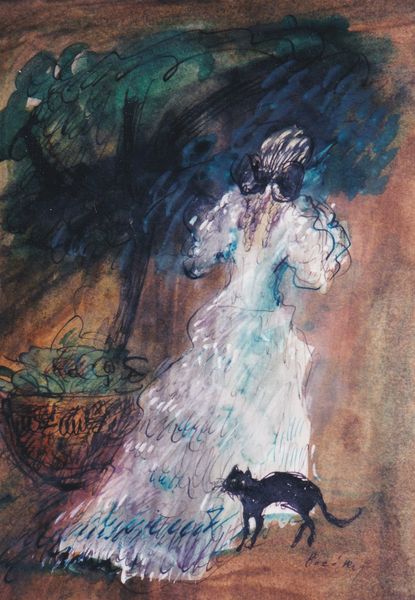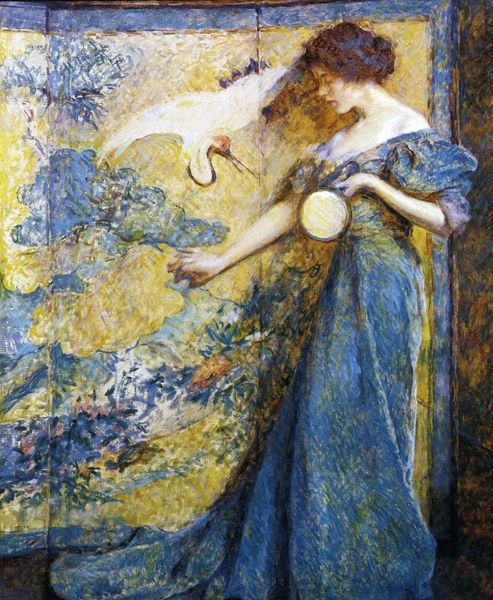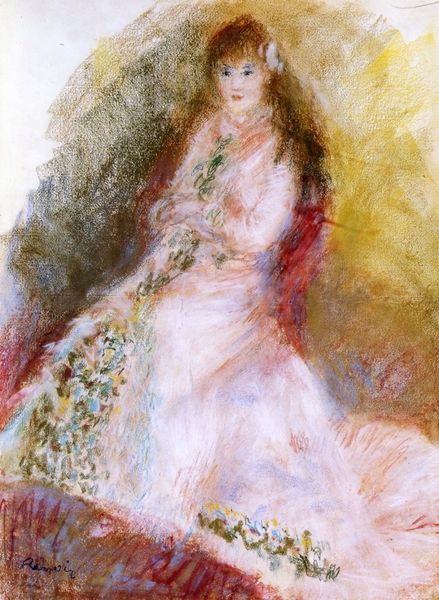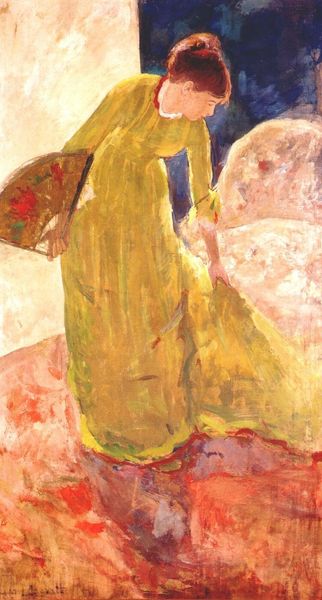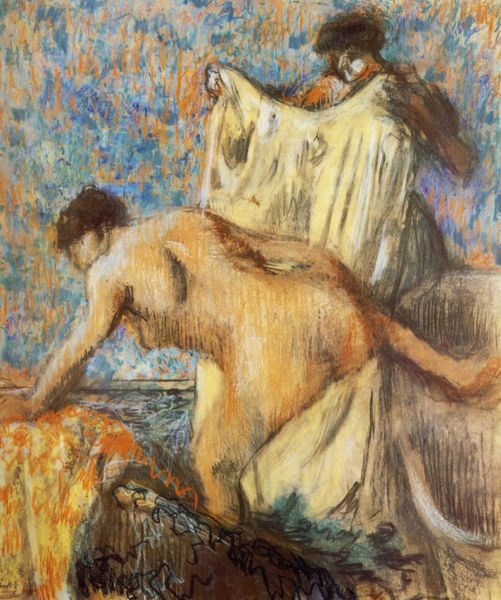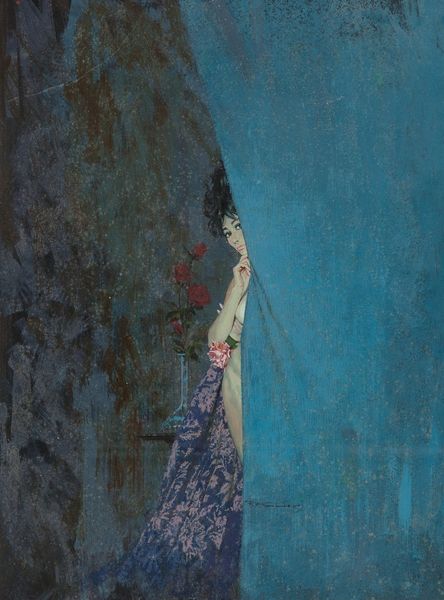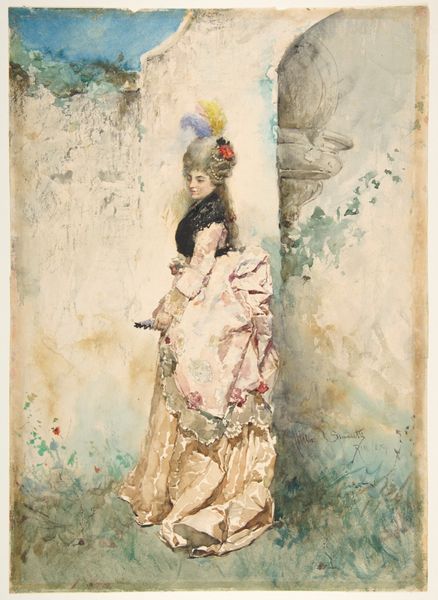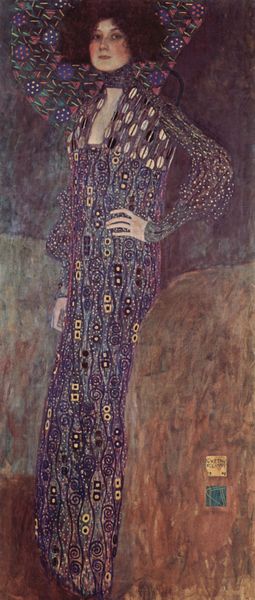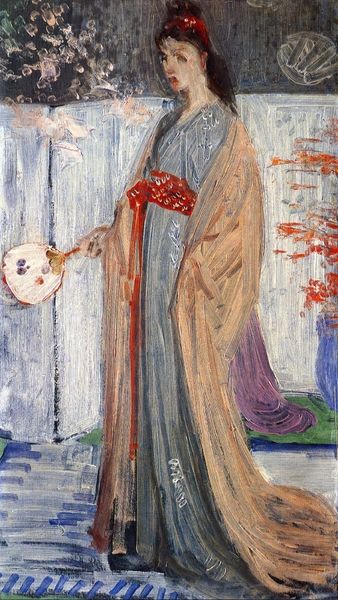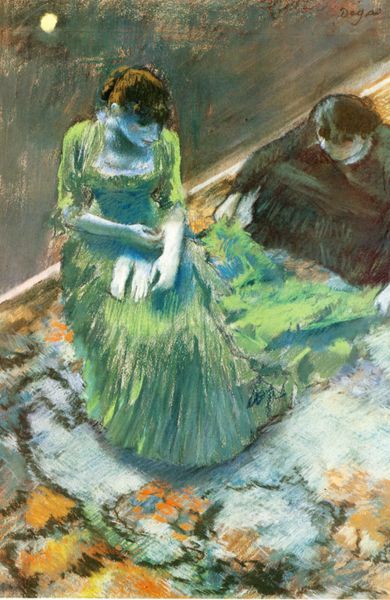
painting, oil-paint, watercolor
#
portrait
#
painting
#
impressionism
#
impressionist painting style
#
oil-paint
#
figuration
#
oil painting
#
watercolor
#
genre-painting
#
watercolor
Dimensions: 28.8 x 21.5 cm
Copyright: Public domain
Editor: Here we have Edgar Degas' "Mademoiselle Fiocre in the Ballet," painted around 1868. It’s an oil painting that feels quite… dreamlike? The dancer, bathed in this hazy light, is so pensive. I'm really drawn to the reflections and the way the colours blend together. What do you see in this piece? Curator: Dreamlike is perfect. It captures that feeling, teetering between the real and the imagined, like a memory half-forgotten. For me, it's all about Degas playing with perception. Notice how the stage seems to tilt and the background dissolves into pure color and emotion? It's like we're seeing the ballet through her eyes. What do you think that pose communicates? Is she waiting? Reflecting? Bored even? Editor: I think… all of those things, actually. She doesn't look exactly thrilled to be there, despite being the subject of the painting. Curator: Exactly! Degas wasn’t just interested in portraying pretty ballerinas. He wanted to show the real lives of these women. The dedication, the drudgery, the fleeting moments of beauty amidst the routine. This painting anticipates photography - and how often we're caught unawares by a camera and how that contrasts with formally-posed studio images. Editor: That’s interesting – almost like a captured moment rather than a constructed one. Curator: Precisely! And in capturing those candid moments, don't you think Degas unveils a deeper truth about the subject? I see vulnerability and introspection, masked by the performer’s façade. Editor: I do now. I hadn't thought of it that way initially. It’s amazing how much you can find just by looking and asking a few questions! Curator: Absolutely! And it’s about bringing ourselves to the artwork – our experiences and thoughts – that really completes the piece. Art is never finished; it's perpetually being reinterpreted.
Comments
No comments
Be the first to comment and join the conversation on the ultimate creative platform.
